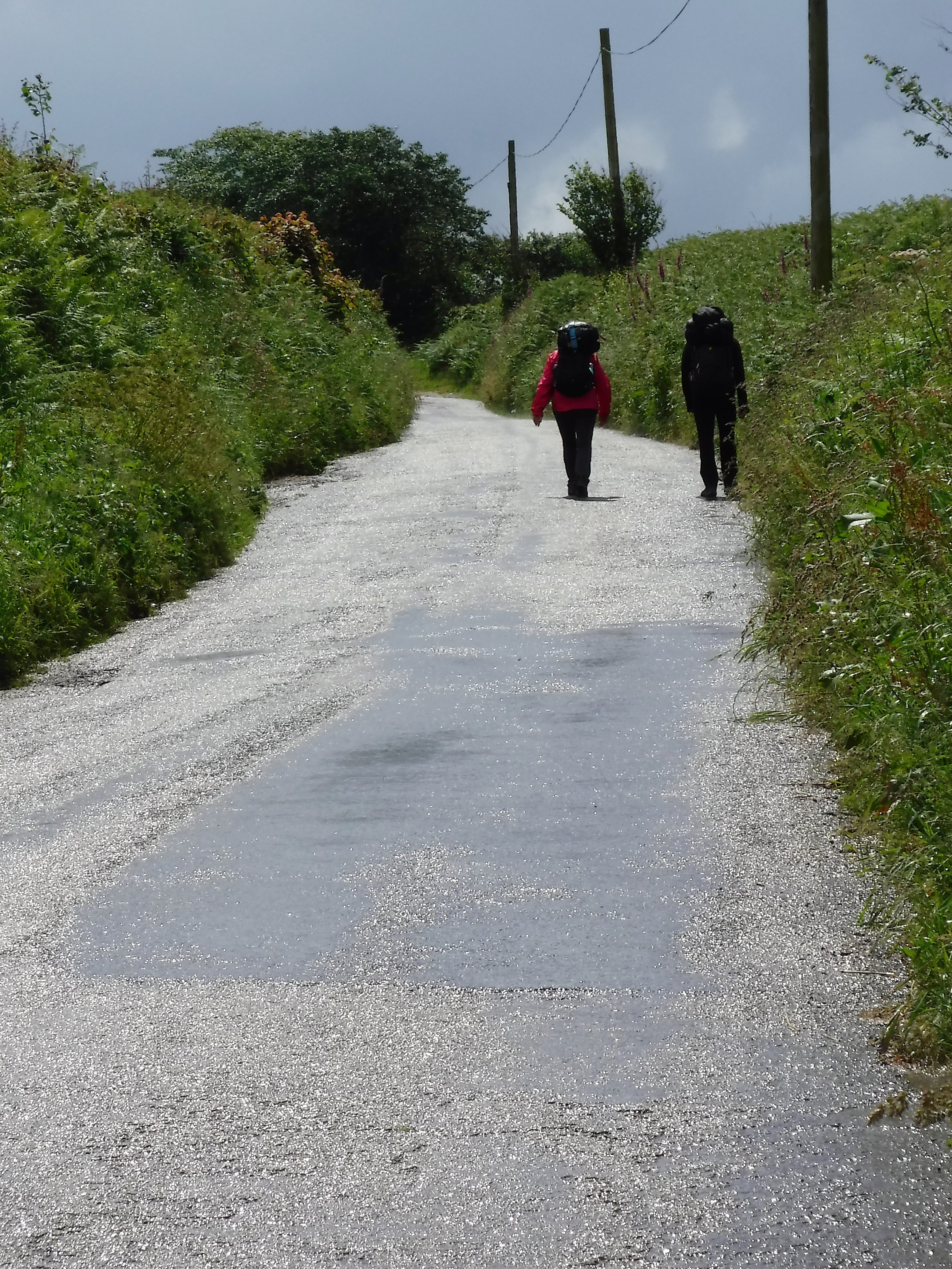
Long ago, pilgrims and other travellers used this route to avoid sailing through the dangerous waters off Lands End. Much of it had been long abandoned and forgotten until the 1980’s, when the discovery of ancient granite stiles led to it being resurrected as a path for hikers. Different times, different purposes. But the signs of its original purpose were still there. Much has changed over the centuries, but there is also much that remains.
Such as the River Camel estuary and the tidal creeks we crossed as we headed out of Padstow – though the obelisk on the hill above is a relative newcomer, a monument to Queen Victoria’s Golden Jubilee in 1887. As we wound our way through farmland and forest, past churches and villages, up towards the higher land in the centre of Cornwall, we found older markers, granite crosses that had once shown the way. On Saint Breock Downs we came across the oldest thing yet – a standing stone, set up in the late Neolithic or early Bronze age. Somewhere between 2,500 and 1,500 years old.
Celtic pilgrims and traders would certainly have seen this as they passed by, and perhaps wondered as we did about the people who had set it up, and why. Did it mark a boundary? Was it a meeting point or a burial site? Did people gather here to worship or to trade or to settle disputes. Perhaps all of these, perhaps more besides.
Now it stands alongside a wind farm, giant turbines overshadowing the old stone. But it will probably still be there when they are gone.
Our second day of walking took us to the highest point of our journey, on Helman’s Tor. From there we could just make out the sea and the south coast. The north coast was also supposed to be visible from there, but we couldn’t see it. Perhaps on a clearer day. But we could see Rough Tor and Brown Willy (the highest point in Cornwall) marking Bodmin Moor to the west.
There was a Neolithic settlement nearby, though we didn’t have time to look for it. But, on top of the tor itself and just a few paces from a trig point, a cross had been carved deep into the rock – another mark of the past. People once came here to worship, probably did so even before the cross was incised into the granite.
We went on through some ancient woodlands and over granite stiles, set in place by those who had lived here a thousand years or more past. Walking through history.
I found myself wondering about these stones, markers of routes and places but also markers in time. They had their purposes, of course. The stiles and stone crosses were there to help the travellers, to say to them ‘this is the way’. But they said more than that – the fact that they were crosses also proclaimed a faith. And to those who travelled on pilgrimage, perhaps they gave reassurance and encouragement, saying “Brother, Sister, you are on the right path! God bless your journey.”
On a still deeper level, they simply say ‘We were here. Our names are long forgotten, but by these markers you know that we once were.’ Even the standing stone, who’s true purpose has vanished into the past, still says that. They remind us that we are inheritors of this land and that many other feet have trodden these paths. And no doubt many others have cursed their blisters as they did so – though perhaps my ancestors had tougher feet than me!
There is a need we have as a people – sometimes as individuals – to do something that marks our presence, that tells others that we are, or were, that leaves a sign to say that we existed and had our place in the world.
As we walked on through rain and sun, the sea once again came into view, and eventually Par beach passed beneath us.
Along the way, along all our ways, our path was decorated with lavish colour. Intense green of grass and moss made a backdrop for reds and pinks and blues and whites and yellows. Campions and Dog-rose, Cornflower, Cow Parsley, Foxgloves, Dandelions, Buttercups, Daisies, Clover and others we couldn’t identify with any certainty.
These too have endured. Not as individuals, of course, but wild flowers in general have been here longer than our history records. They were painting the landscape before people were around to appreciate their beauty. Not that the flowers cared how they looked. If they had had the capacity to think about it, their only concern would be that they should attract the pollinators. It wasn’t until people came and saw them, and wondered at their intense, fragile yet constantly renewed loveliness, that they became beautiful.
Perhaps this is our legacy as a species. Not our monuments and markers, but that we have been able to bring appreciation of the world into the world. That we can appreciate the beauty of a universe that did not know it was beautiful before we saw it so.
Strange to think that such an ephemeral thing may be the best and most enduring of all our markers. But there it is: standards and ideals of beauty change from individual to individual, from culture to culture – but the concept of beauty, the sense of thrill and wonder when we see it, the uplift of our soul in its presence – these are things we share.
Not only do we appreciate beauty, but we seek to recreate it in many and various ways. I noticed it particularly in the stained glass windows of churches we visited along the way, where the brilliant colours we had seen along the paths were captured and organised and arranged to tell stories and record messages. In beauty, the God who created beauty is acknowledged and worshipped. And by recognising beauty, by creating our own beauty, we fulfil part of our purpose in being here.
How strange, therefore, that we can also create so much ugliness, and destroy so much that is beautiful. How awful to think that our legacy as a race may not be the beauty we have seen and appreciated and created but the detritus of our civilisation – slag heaps and plastic waste and polluted air that could destroy and outlive everything we ourselves found wonderful.
We finished our journey in the narrow streets of Fowey, and like the Pilgrims before us, we took to the water. Though not across to the Continent! Just over the estuary and then a slow climb up one last hill to our final camp site.
This was the Saints Way. A journey across Cornwall that was also, at many points, a journey into the past. We walked on ancient roads, and touched lives that were lived before us, and found that we had much in common.
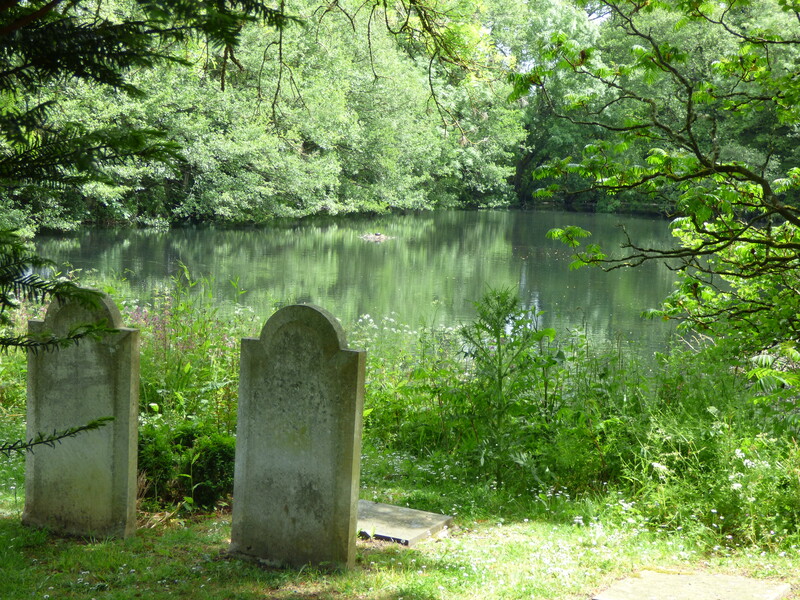
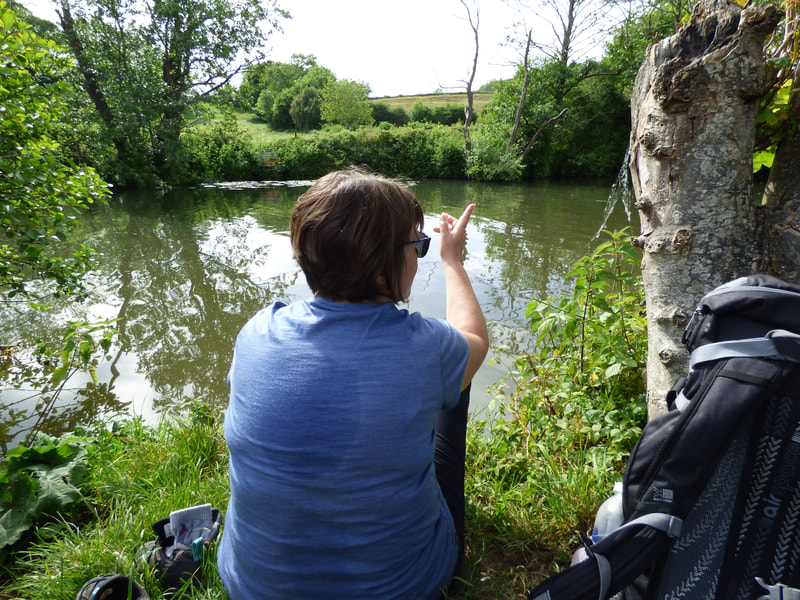
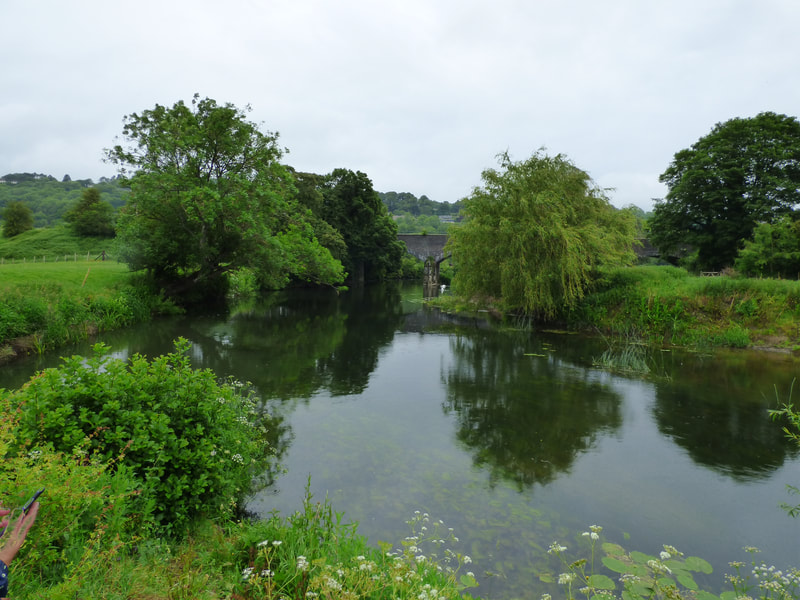
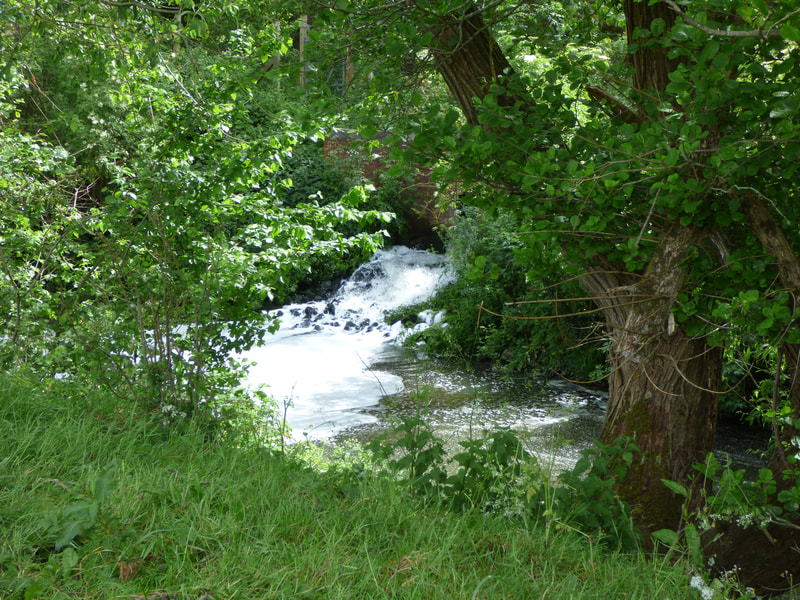
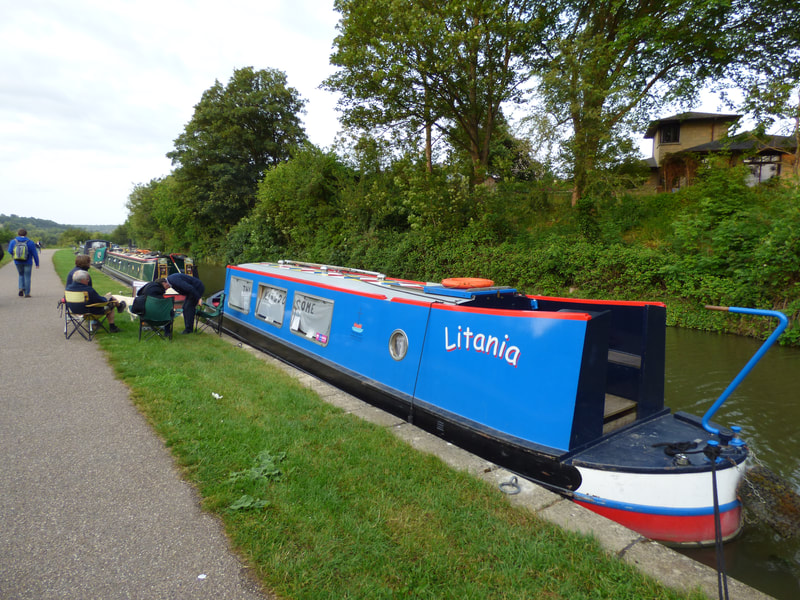
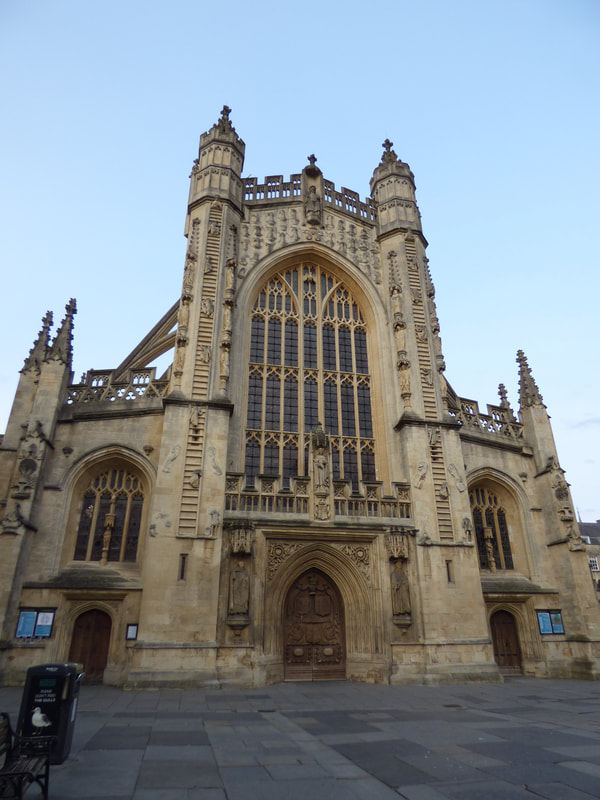

 RSS Feed
RSS Feed
